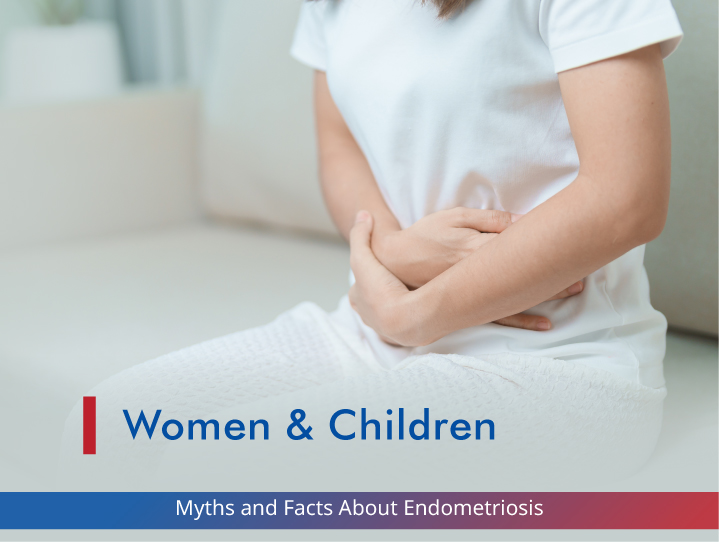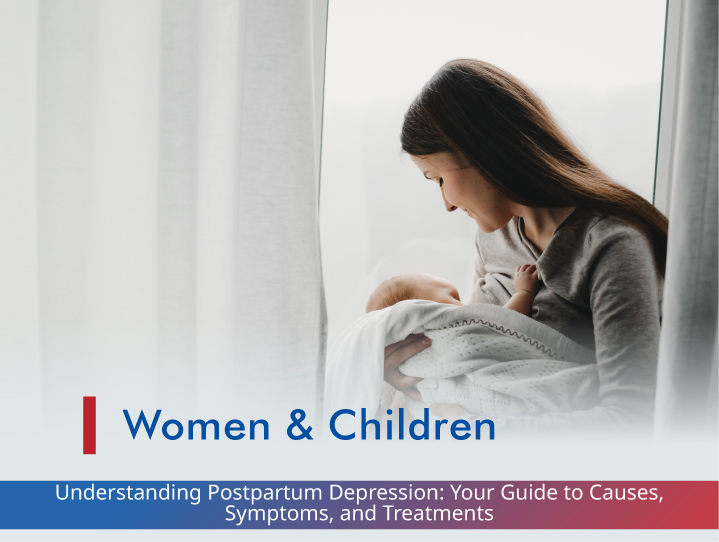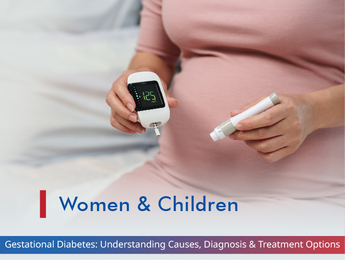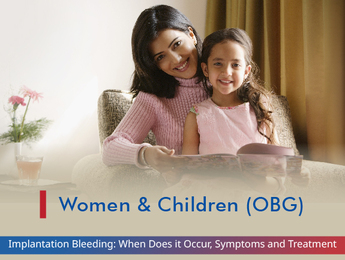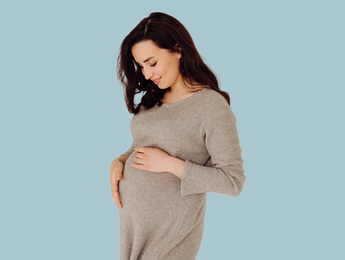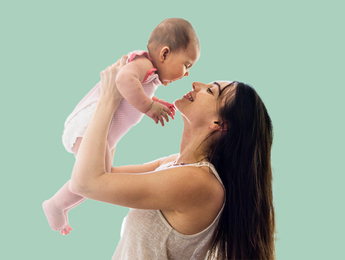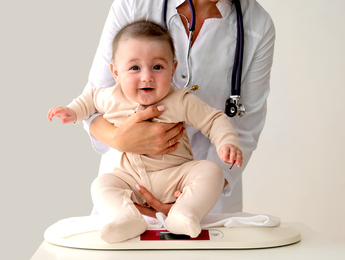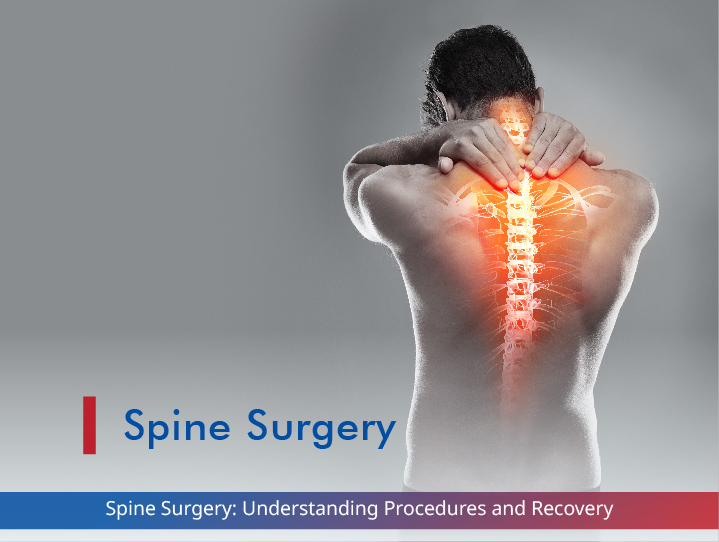The second trimester, which spans from weeks 13 to 24 is the most enjoyable part of the pregnancy for most people as the nausea fades away and the fatigue seen in the first trimester may be replaced with a renewed sense of energy.
Changes in your body
Visible baby bump: As the uterus grows to make place for the growing fetus, the pregnancy now becomes visible. The growing uterus might give you some mild discomfort as the ligaments of the uterus stretch.
Growing Breasts: The breasts continue to grow. Stretch marks may appear on the breasts. Some women experience leaking of the colostrum from the nipples as early as the second trimester.
Skin changes: Hormone changes stimulate melanin or the pigment bearing cells in your skin and as a result you may notice brownish patches on your skin. A dark brown line (linea nigra) that runs down your abdomen may also develop. These pigment changes are temporary and fade away after delivery.
Appetite changes: Most women experience an increase in appetite.
Nosebleeds: The change in hormone levels can cause your nose to feel stuffy and you may suffer from nose bleeds. Saline drops can help with the stuffiness. You can also use a humidifier.
Bleeding gums: Your gums may feel spongy and bleed easily. Switching to a softer toothbrush may help.
Varicose veins and hemorrhoids may develop for some women.
Vaginal discharge: A whitish or clear discharge is normal. You need to be concerned only if the discharge is yellowish or foul smelling or accompanied with itching which may signal a vaginal infection.
Fetal movement: Most women begin to feel the baby move or quicken during the second trimester. It may be felt as flutters initially and later as more distinct kicks and rolls.
It is important to note that every pregnancy is unique and not all women will experience all the changes and to the same extent. You should consult a doctor for more personalized information and guidance.
Fetal Development in the Second Trimester
The second trimester is an exciting part of the pregnancy as you can now hear your baby’s heartbeat loud and clear using a Doppler. You will be able to feel the baby’s movements in this period.
The fourth month (13-16 weeks):
Bones continue to harden and muscle develop allowing for movements. The fetus makes more purposeful movements such as bringing the thumb to the mouth or yawning. The digestive system starts to function as the fetus swallows amniotic fluid and releases urine into the sac. The fetus will be about 11.5 cm long and around a 100 gms.
The fifth month (16-20 weeks):
A fine downy hair covers the fetus body. This keeps the fetus warm. In addition, a waxy protective coating covers the skin. The fetus’ ears are fully developed and can respond to sounds outside the womb. Your baby will start to develop a sleep cycle and can be awakened from sleep by loud noises. Most mothers will be able to feel the movements of the baby or quickening in the fifth month. The fetus will now be about 25.6 cm long and weigh about 300 gms.
The sixth month (20-24 weeks):
The skin continues to grow thicker. The eyelids part and the eyes can now open. The fetus now hiccups- you may be able to feel it. The fetus’ lungs now start producing surfactant, a substance crucial for breathing outside the uterus. However, the lungs are not yet mature enough to work outside the uterus. The fetus will now be around 30 cm long and weigh around 600 gms.
The seventh month (25- 28 weeks):
The accumulation of fat makes the fetus appear less wrinkled. The nervous system is rapidly developing. The fetus starts producing melanin which gives the skin its color. The fetus may start turning head down in your uterus in preparation for birth. As the fetus grows larger, the amniotic fluid will begin to decrease. The fetus will now be about 37 cm long and around 1 kg in weight.
Prenatal visits in the Second Trimester
The goal of the prenatal visits is to ensure a healthy pregnancy. Your appointments in the second trimester will also be scheduled every four weeks if you are experiencing a healthy and low risk pregnancy. In these visits you can expect the following:
- Updating your blood pressure and weight.
- The doctor may feel your abdomen to check the growth of the fetus.
- You may be able to hear the baby’s heartbeat using the Doppler.
- The doctor will talk to you about keeping track of the fetus’ movements.
- You will be prescribed an ultrasound to check the fetus for adequate growth, the amniotic sac for sufficient fluid and to check for any structural abnormalities in the fetus.
- You will be asked to check your blood for a complete blood picture to rule out anemia, thyroid disorders and any other infections.
- You may be asked to take a urine test to rule out diabetes, pregnancy induced increase in blood pressure and any infection of the urinary tract or kidney.
- The first dose of tetnus toxide (TT) injection may be administered.
Throughout the second trimester, the fetus experiences substantial increase in size and weight. By the end of the second trimester, most of the vital organs and systems are developed, increasing the chances of survival if the baby were to be born prematurely.



